Potato starch is a useful element when you are following a gluten-free diet or wish to lose some weight. It is a great thickening agent for all types of gravies and pies. Are you in a rush for making something and ran out of potato starch? Here is a solution list that can help you with what is a good substitute for potato starch, when you are in dilemma.
Table of Contents
All About Potato Starch
To know about potato starch substitutes, having first-hand information about its properties is very vital. As the name suggests, potato starch is a potato extraction, not potato dehydration. Talking about its appearance, you can get it in a fine powder form that is white and granulated. There are also a few versions that are more fine and precise. The fat and protein content of potato starch is extremely minimal. Hence, you cannot consider it to be a nutritive option. It also possesses very neutral flavors. The only advantage of using potato starch is it adds a thick consistency to your food. Its chemical properties make it a great option for technical applications.
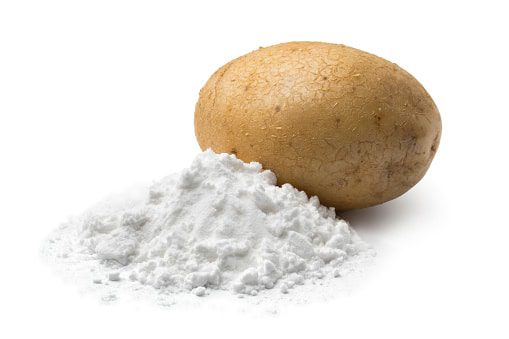
How Is Potato Starch Extracted?
It is interesting to know the process of potato starch extraction. Moreover, the potato plant comprises of various cells known as the starch grains. It is also known as leucoplasts. To extract this starch, you have to first crush all the potatoes. During the process of crushing, it releases starch grains that result in the end product later on. After this is done, wash potatoes as it would remove the starch from it and later dry it into the fine powder. Now you are a well- informed about the potato starch extraction.
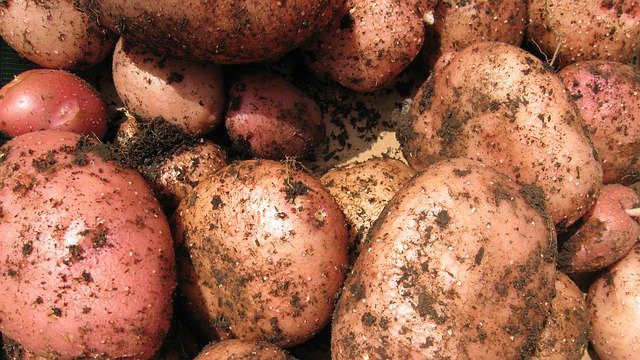
Culinary Benefits Of Potato Starch
Knowing about the culinary uses of this ingredient is beneficial in searching what is a substitute for potato starch? Potato starch is a very strong thickening agent and can add value to any of your recipes. It is a part of a variety of cuisines. Common dishes where you find this ingredient are instant soups, hot dog sausages, noodles, and potato chips. It gives a very soft texture to your sponge cakes as well. Other utilities include binding and sweating in pre-packaged cheese preparations. The most important fact about potato starch is it is gluten-free. Hence, those who are allergic to gluten can opt for it.
A short note of the technical uses of potato starch can also be very helpful. It is included in wallpaper glue, textile sizing, gumming tape, paper coating, and even early color photography.
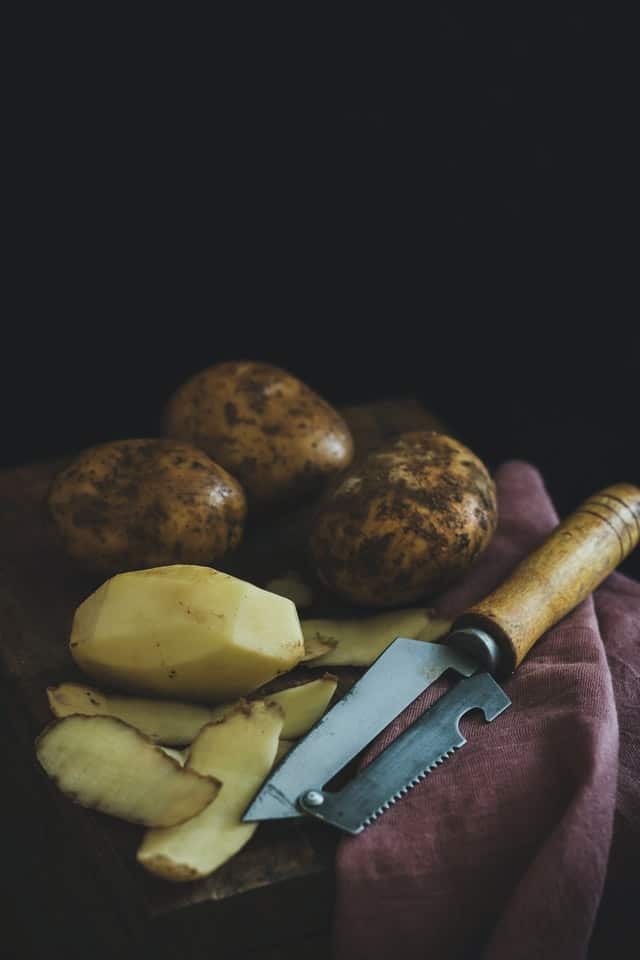
Where Is Potato Starch Available?
Potato starch is a high-demand ingredient and you can get it at your favorite supermarket store. You can even take the help of a shop assistant for better guidance. As there are many white powdered ingredients, sometimes
Potato starch is a high demand ingredient and you can get it at your favorite supermarket store. You can even take the help of a shop assistant for better guidance. As there are many white powdered ingredients, sometimes you might end up in a confusion. Another convenient alternative is to make an online purchase. Visit any online grocery store and get a pack of potato starch without any hassle.
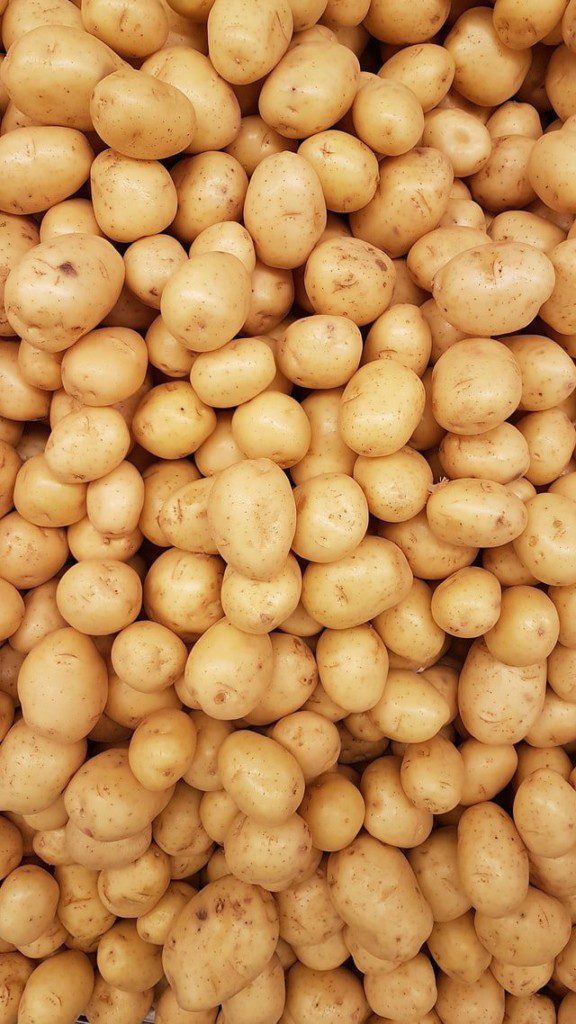
Top 5 Potato Starch Substitutes
Are you preparing a treat for your family? Do you need potato starch but skipped out of it? Well, potato starch substitutes might solve your problem in such a situation. With these handy substitutes, you can make anything from thick soups, gravy vegetables to baked items as a part of your menu. Every celebration ends with a sweet dessert or the pudding at the table. Also, your kids can get a broad smile with the cup of custard in their platter. Hot stews would tempt anyone to have more of it.
This flour-like gluten-free powder adds substance to your favorite recipe. Even if you do not have it in the stock, the recipe can get completed with several potato starch substitutes. Ranging from corn starch, tapioca starch to arrowroot; there are several starch replacements you could get.
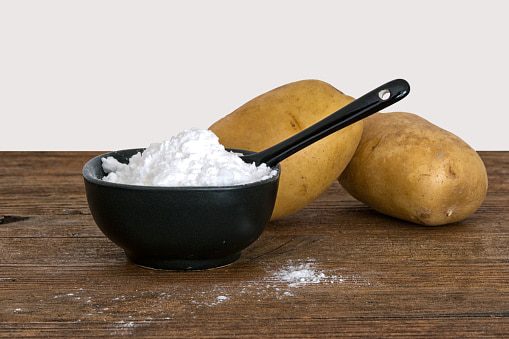
Best Potato Starch Substitutes
• Tapioca starch
Tapioca starch is the most favorite consideration amongst starch enthusiasts as the starch replacement. It is the best option if available with you. Tapioca starch extraction is done from a root known as the manioc root. To process it, the drying and crushing of the main root are done to result in the fine flour texture. There is also another important reason why tapioca starch tops the list of potato starch substitutes. It is gluten-free and can prevent you from celiac disease. This is a major consideration to add it as an option.
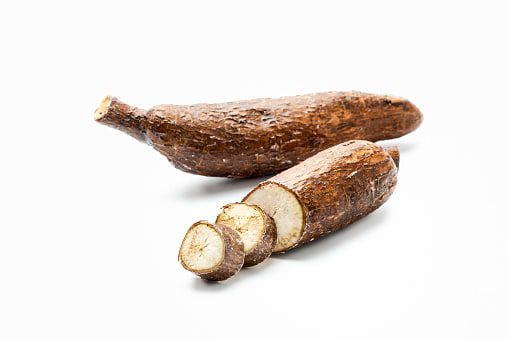
The use of tapioca flour is an ideal option as a substitute after you keep a track of its measurements. Tapioca flour or starch is light in density in comparison to potato starch and therefore you might use a bit more of it. Adding up ¼ cup of extra tapioca flour for almost 2 cups of potato starch can be the ideal measurement. An increase in further quantity can probably bring about a variation in its taste and texture. Also, tapioca starch is not viable for long term cooking. When cooked for long, it might start losing the thickening properties. A better option is to add it when you are almost done with the cooking portion.

• Arrowroot
Next in the list of potato starch substitutes is arrowroot. Wondering if the potato starch substitute is arrowroot and is a wonderful replacement for the main element. Indeed it is. In fact, Arrowroot is used widely due to its medicinal usage as well. Grinding up of the fibrous roots from plants results in arrowroot. This is an excellent thickening agent for any recipes. Besides, it also does not portray any impact on your flavors and texture. Another similar characteristic of arrowroot to potato starch is it is gluten-free. Hence, there is no protein content in it but has a lot of fiber in it. You can find it in the market as white and flavorless powder. It a promising substitute as it ends up with a glossy touch to your recipe. This means you won’t regret using it as an alternate option.
Arrowroot is strong enough to tolerate all types of acidic elements. It is quite comfortable with the long term cooking process. You can effectively add it even at the earlier stages of cooking without any worries. But the only drawback is it is comparatively costlier. Also, it is not very great with dairy-based products. Adding just 2 teaspoons of this thickener as a substitute for 1 tablespoon of potato starch is more than enough.
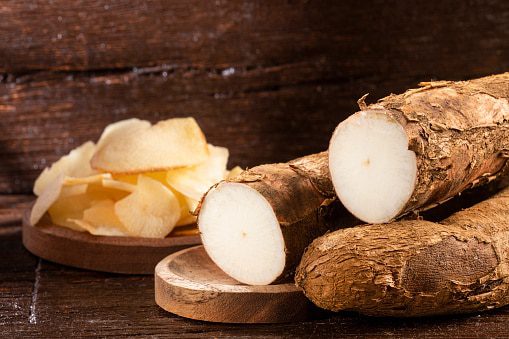
• Corn starch
Corn starch is again a very good option amongst potato starch substitutes. Many people also prefer it over potato starch and store it in their kitchen pantries. It is also a very good thickening option. Neutral in taste, it imparts a good finishing over the dish when it is done. You can use corn starch in versatile cooking methods and any type of ingredients. The only drawback of it is it refrains the tolerate power for acidic liquids. As a result, it might lead to a chalk type of taste in your mouth. Using it in the ratio of 1:1 is sufficient.
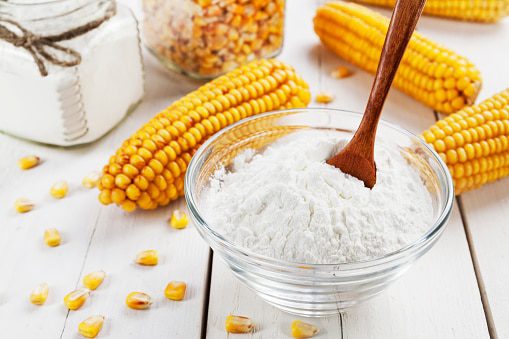
• Wheat flour
The most easily available and highly desirable potato starch substitutes include wheat flour. It can thicken any food item and gives an impeccable texture that adds value to the food. Higher use of this agent is in baking processes or thickening of sauces. After grinding the wheat to fine powder, you can get this substitute ready for use. Needless to say, wheat flour is a great substitute for potato starch in baking
Baking, coating foods, and thickening of sauces are few utilities of this substitute. It comprises of many vitamins, minerals, antioxidants, and fiber contents. The only problem with this alternative is it contains a high amount of gluten. So if you are a follower of a gluten-free diet, this is a strict no in your list. If not stirred properly, wheat flour can leave lumps in your cooking as well.
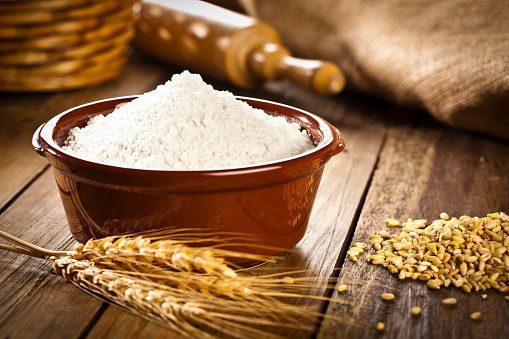
• Rice Flour
Last in the list of potato starch substitutes is the rice flour. With a similar thickening ability, it is worth considering the option in your list. You can tick it green for a gluten-free diet as well. It is a healthy option as rice flour adds taste and texture to many recipes. However, rice flour is not very perfect in lending a glossy touch to your recipes. Rather, it might create a cloudy or matte texture that is not very perfect.
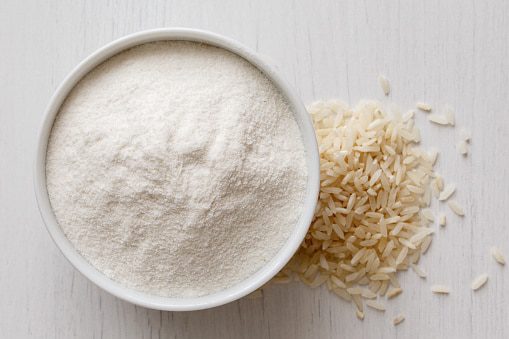
Conclusion
Is there a substitute for potato starch? Above stated are the top 5 potato starch substitutes that can prove to be great hacks when you are short of the main element. If you are falling short of this interesting element, using the above-mentioned alternatives would solve your purpose. Now you know the effect each type of thickener would lend to your favorite recipes.




